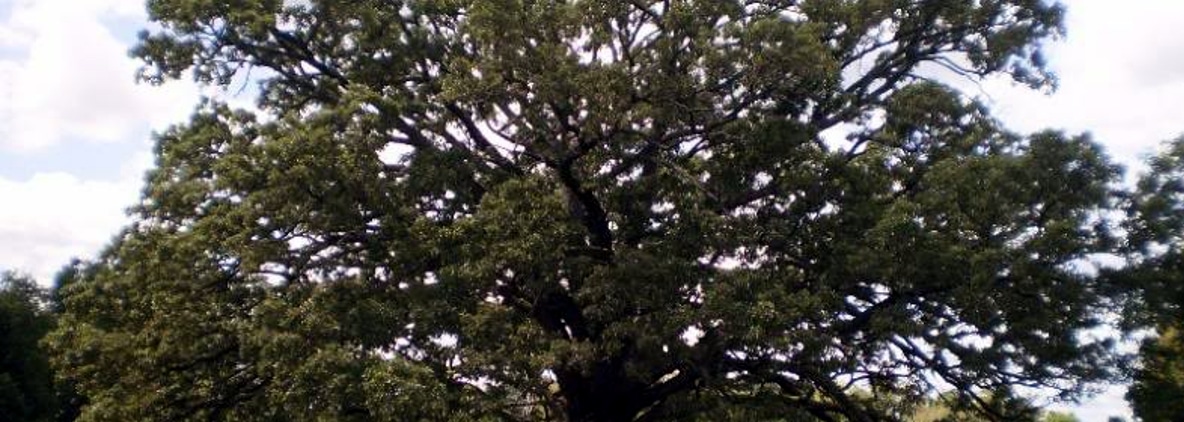
First do a safety check of the tree.
This means you need to first do a target check on your trees near property. In New Jersey there are old home which means there are old trees that can be a serious threat to property. Sometimes homeowners become attached to sentimental trees an overlook the fact that they cause damage to nearby property. We have many people call us to determine the risk to property in NJ and it really helps to have a professional set of eyes that can look at the threat without bias.
Next inspect the tree.
Look the tree over for any damage. Damage can include dead branches, missing bark, holes, or any sign of weakness. To properly inspect a tree start at the trunk and move upward.
What to look for?
- Check for cuts in or peeling bark.
- Use binoculars to inspect the tree’s crown for dead wood and brown leaves.
- Cracked or heaving soil, especially on the side opposite the lean.
- Exposed roots around the base of the tree.
- V-shaped or U-shaped multiple trunks are weak points for mature trees. The connective wood where the trunks come together may lose strength — and be more likely to split — with age and when storms occur.
- Cracks that extend deeply into or through the trunk.
- Reduced, smaller, or no foliage
- Premature autumn color
- Mushrooms, conks, and carpenter ants at the base of the tree are a sign of decay and rot.
Warning to New Jersey residents: Be On the Lookout For Oak Wilt
Oak wilt is an aggressive disease that affects many species of oak. It is caused by the fungal pathogen, Ceratocystis fagacearum. Red oaks are seriously threatened by this disease and die within weeks, whereas white oaks are the lesser susceptible species and can take one or more years to die . Oak trees have a tendency to intertwine their roots, creating an underground pathway for the disease to spread from one oak tree to another. The disease is also spread by insects, injury and storm damage. Pruning during the spring and summer can also facilitate spread, as these insects are attracted to tree wounds during this time of year. Learn more https://www.state.nj.us/dep/parksandforests/forest/community/oakwilt.htm
